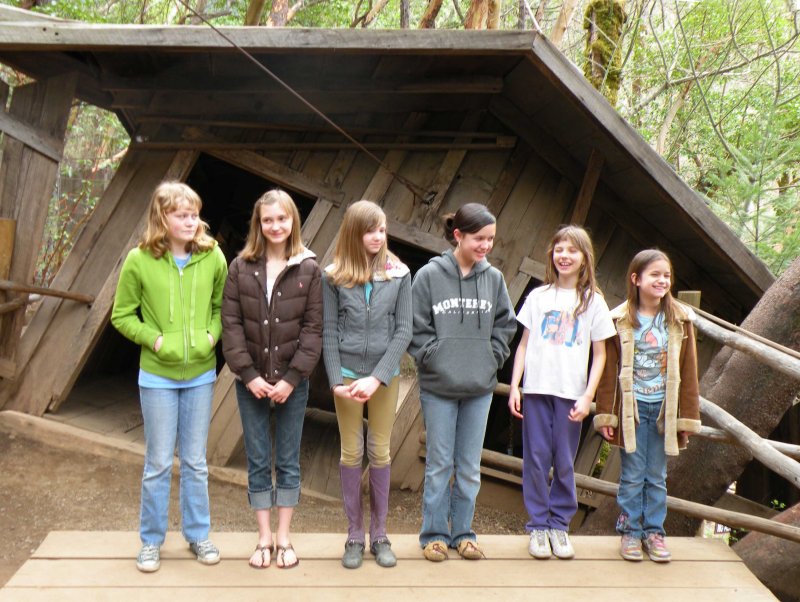


- #Oregon mystery house serial#
- #Oregon mystery house code#
- #Oregon mystery house professional#
- #Oregon mystery house series#
#Oregon mystery house series#
Since 2006, DC Comics has reprinted stories from the original run: three black and white Showcase Presents volumes have been published, reprinting the series from #174–194, #195–211 and #212–226, respectively.
#Oregon mystery house serial#
This serial began in issue #290 (March 1981) and would last until issue #319 (August 1983), two issues before the title ended with issue #321 (October 1983). Vampire" revolved around the heroic vampire, Andrew Bennett, who sought to defeat his nemesis and former lover Mary Seward, the Queen of Blood. Under Berger, the series experimented with long-form storylines in the popular I.Vampire serial created by writer J. Karen Berger became editor of the series with issue #292 (May 1981), her first for DC Comics. Orlando's tenure as editor ended with issue #257 (March–April 1978). House of Mystery featured stories by writers T. The series was in the Dollar Comics format for issues #251 (March–April 1977) to 259 (July–August 1978). House of Mystery #224 (April–May 1974) to 229 (Feb.–March 1975) were in the 100 Page Super Spectacular format. Limited Collectors' Edition #C-23 (Winter 1973) featured reprints of House of Mystery stories. Under Orlando's stewardship, the series won a good deal of recognition in the comics industry, including the " Shazam Award for Best Individual Short Story (Dramatic)" in 1972 for "The Demon Within" in issue #201 by John Albano and Jim Aparo, and the "Shazam Award for Best Humor Story" in 1972 for "The Poster Plague" by Steve Skeates and Sergio Aragonés.
#Oregon mystery house professional#
Cain would also host the spin-off humor series Plop! and later become a recurring character in Blue Devil and The Sandman.Īrtist Bernie Wrightson's first professional comic work was the story "The Man Who Murdered Himself" which appeared in issue #179 (March–April 1969). The issue would introduce a new figure to the series, Cain, the "able care taker" of the House of Mystery who would introduce nearly all stories that would run in the series before its cancellation. The first issue under Orlando would be a reprint issue of old horror/suspense stories, as the new direction would truly begin with #175 (July–August 1968).


#Oregon mystery house code#
As the Comics Code Authority was now being challenged by both DC and Marvel over content restrictions, the series returned to its overt horror themes. With issue #174, EC Comics veteran Joe Orlando was hired by DC to take over as editor of The House of Mystery. The Martian Manhunter was again relegated to back-up status during this time.Ĭain and Gregory move out in the final issue of The House of Mystery, #321 (October 1983), art by Michael Kaluta. This was followed with the introduction of " Dial H for Hero" in issue #156 (January 1966), which took over as headliner until issue #173 (March–April 1968). From The House of Mystery #143 (June 1964) to 155 (December 1966), " J'onn J'onzz, the Manhunter from Mars" headlined the book, as his back-up feature from Detective Comics was moved to The House of Mystery. In the mid-1960s, the series was revamped to include superhero stories. With the growing backlash against American horror comics in the mid-1950s, as well as the advent of the Comics Code Authority and its restrictions on horror-themed storylines (banning stories dealing with such supernatural fare as vampires and werewolves), the series was quietly revamped into dealing with science fiction-type monsters and other mystery/suspense-type tales that were permitted by the Comics Code. Issue #1 was cover dated December-January 1951. The House of Mystery started out as a horror anthology, featuring tales of the supernatural as well as supernatural-themed mystery stories.


 0 kommentar(er)
0 kommentar(er)
